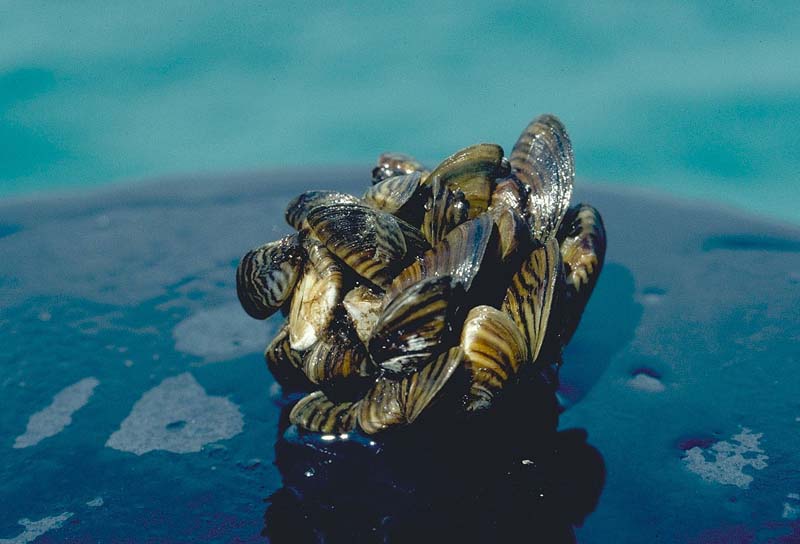The Texas Parks and Wildlife Department has officially declared Lake Waco free of the zebra mussel. The eradication effort was several years in the making, and a seemingly impossible achievement considering how stubborn the invasive species is in Texas lakes and rivers.
So how did they do it?
Monica McGarrity is a senior scientist for aquatic invasive species at Texas Parks and Wildlife. She told Texas Standard that biologists, along with the U.S. Army Corps of Engineers, spread a large plastic sheet along part of the bottom of Lake Waco where the mussels were proliferating. The sheet eventually smothered the mussels and trapped their larvae.
But McGarrity says the key to eradication was that they caught the mussels early, before there were too many.
“The situation in Lake Waco was really unique in that we caught the zebra mussels very early when they were in a very localized area around one boat ramp, one cove,” McGarrity said. “And we also had caught them before they really hit their peak reproduction.”
The plastic sheet technique has been used before. It was used to decrease the population of an invasive clam species in Lake Tahoe. McGarrity also says a graduate researcher has shown the technique effective on the mussels, though their research was on a much smaller scale.
Eradication took time. Texas Parks and Wildlife monitored the site for five years before it could declare the lake free of the mussels.
Lake Waco’s gently sloping shores also made eradication easier – that’s a feature many other bodies of water around the state don’t share. The mussels often grow on rocks, on craggy shorelines or on the bottom of boats. McGarrity says getting rid of those mussels in other areas will be much trickier, and will require a different technique.















